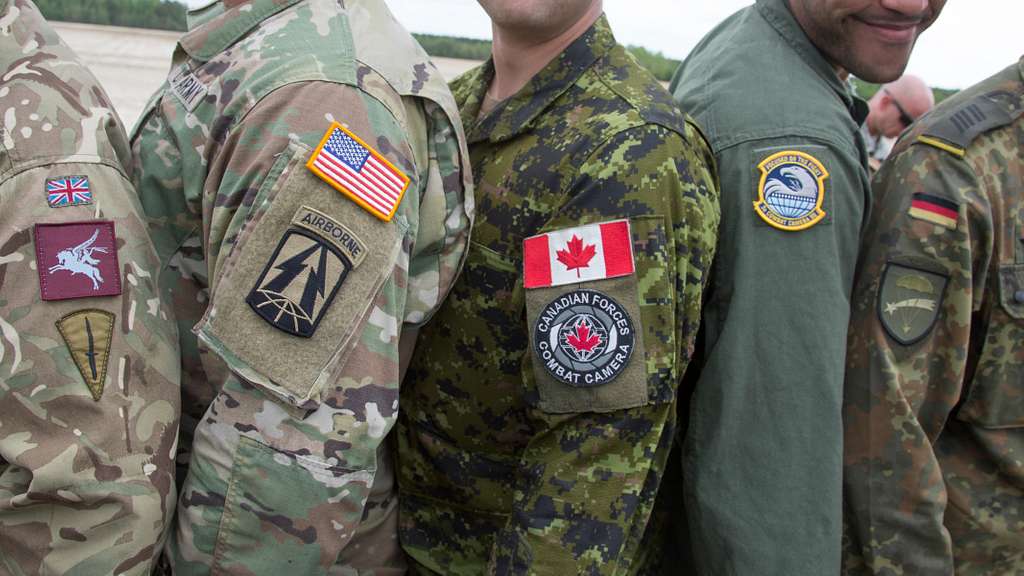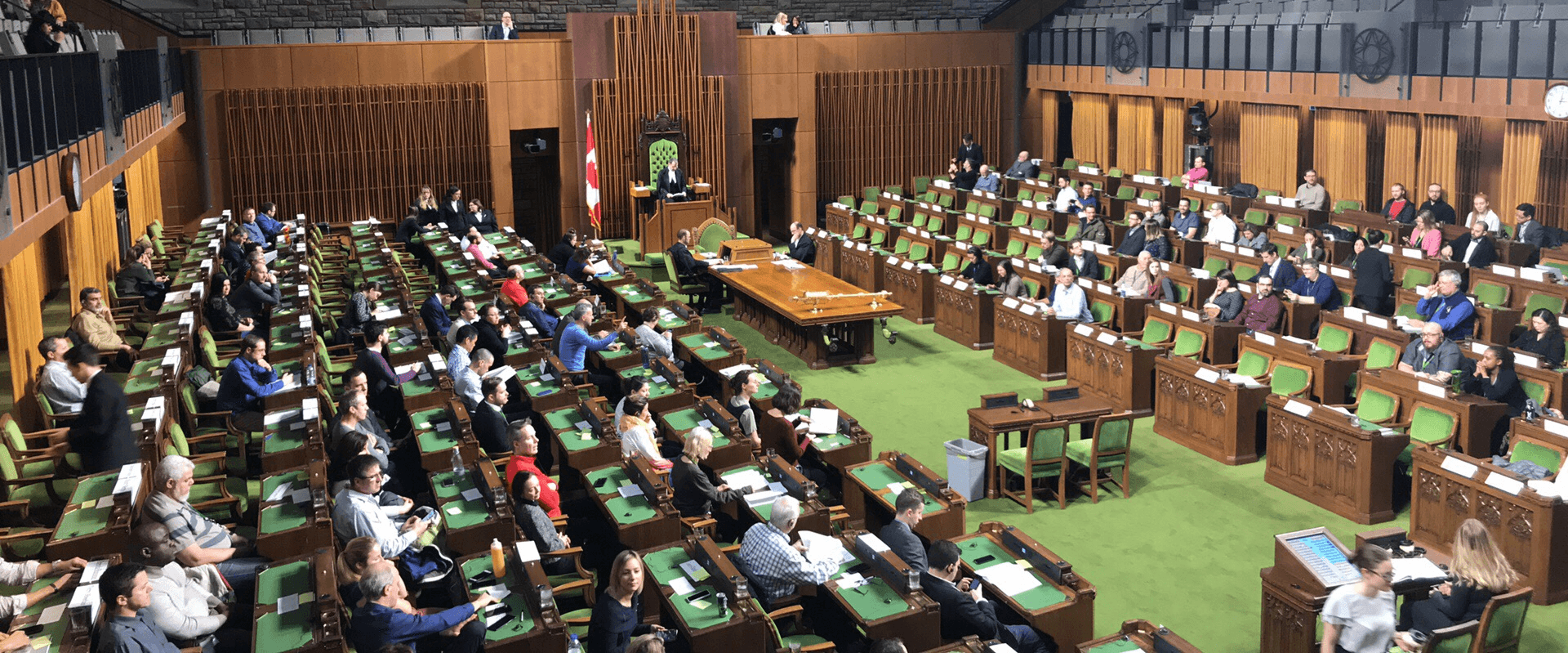The word has gone out to the new cabinet ministers: find the excess and trim it back. Way back. The cabinet is tasked with finding ways to make the budget lean and mean: almost double the cuts originally projected during their recent election run.
Originally, the Carney Liberals campaigned on finding $13 billion in savings in the budget. This target has now ballooned to $25 billion. The Liberal government has opted to find these funds in public services and move them to the military.
In a recent memo sent out to the cabinet by Finance Minister François-Philippe Champagne and Treasury Board President Shafqat Ali, a target of 7.5% savings is set for the 2026-27 year. That number jumps to 10% and 15% for the two years after that, respectively.
The increased savings target is part of the Carney government's stated plan to spend less on the day-to-day running of government and to invest in building a “strong, united Canadian economy.” PM Carney also says he wants to find any redundancies in spending on programs offered by the federal government that may be available at other levels of government.
The Canadian government's recent actions on the international stage seem to point to another reason for these cuts. Prime Minister Carney recently signed a new North Atlantic Treaty Organization (NATO) commitment to devote 3.5% of Canada's GDP to strengthening defence equipment, and a further 1.5% to improving other elements useful to the military, such as telecommunications. With such significant investments in the military sector, Canada seems to be preparing itself for possible confrontations between great power blocs.

By 2023, Canada was already spending around US$27 billion on defence, or about 1.3% of Canada's GDP, and was considered by the agreement to be “underspending.” The NATO standard is 2% GDP expenditure on defence.
Once again, Canadians are being exhorted to tighten their belts amidst a cost-of-living crisis that looks like it will get much worse before it ever gets better. Meanwhile, the country's military budget will balloon astronomically.
Canada is looking at service cuts the likes of which haven't been seen since the 1990s. Part of the $25 billion will be slashed from public services and will likely include job losses in several sectors. There is talk of grants and subsidies that may fall short or disappear completely. There will also be a “reallocation” of funding as the Carney government tries to balance the budget.


